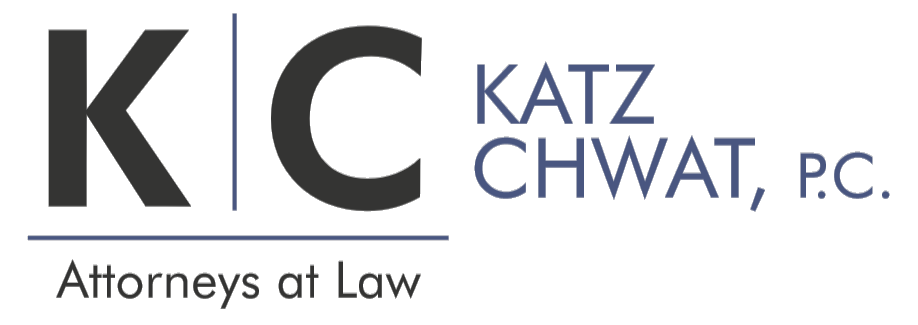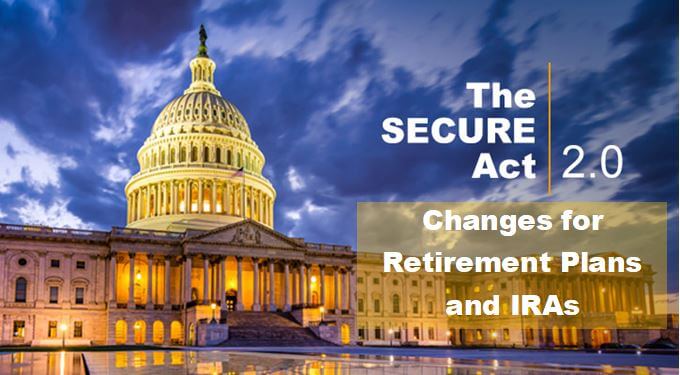The Setting Every Community Up for Retirement Enhancement Act of 2019, better known as the “SECURE” Act, was enacted in 2019 and made significant changes to retirement plans and IRAs. As an extension of this Act, on December 29, 2022, “SECURE 2.0” was passed, again making substantial changes to retirement plans and IRAs. These changes could have a significant impact on your retirement plan and you should review them with your advisors so that you can plan accordingly. Below is a brief overview of a few of the most considerable changes.
One change will have widespread impact for all individuals with a retirement plan. Prior to the first SECURE Act, Required Minimum Distributions (“RMDs”) were required to be taken upon an individual reaching age 70½. After many years of this rule in place, the SECURE Act changed the RMD age to 72, and SECURE 2.0 increased the age again. Beginning January 1, 2023 and ending December 31, 2032, the requirement of RMDs is deferred until age 73. Upon reaching January 1, 2033, the starting age is increased once again to 75. As a result, those who were born in 1960 or later will be able to defer their RMDs until they reach age 75, and those born from 1951-1959 can defer until age 73. This could be a significant benefit for those individuals seeking to defer the payment of income tax on their retirement accounts for as many years as possible.
The next change relates to catch-up contributions for all defined contribution plans. A catch-up contribution allows an individual who is age 50 or older to make additional contributions to his or her retirement plans, including 401(k) plans, 403(b) plans, and governmental 457(b) plans. SECURE 2.0 increases the existing limit for catch-up contributions to $7,500 for the year 2023. Starting as of 2025, for individuals who have attained ages 60, 61, 62 and 63, the limits are increased again to the greater of $10,000 or 150% of the regular catch-up amount in 2024.
Finally, SECURE 2.0 is giving business owners an additional incentive to establish retirement plans for their employees effective immediately. Employers will now be entitled to a tax credit equal to 100% of qualified start-up costs for establishing such plans, for up to 50 employees. It also provides an additional credit of up to $1,000 per employee for five years equal to the applicable percentage of employer contributions to an eligible plan.
The changes surrounding retirement plans as a result of SECURE 2.0 could be significant for individuals and business owners. For questions regarding the changes, or other questions regarding tax planning or estate planning in general, contact Katz Chwat, P.C. to schedule an appointment.
Posted in: Estate Planning

